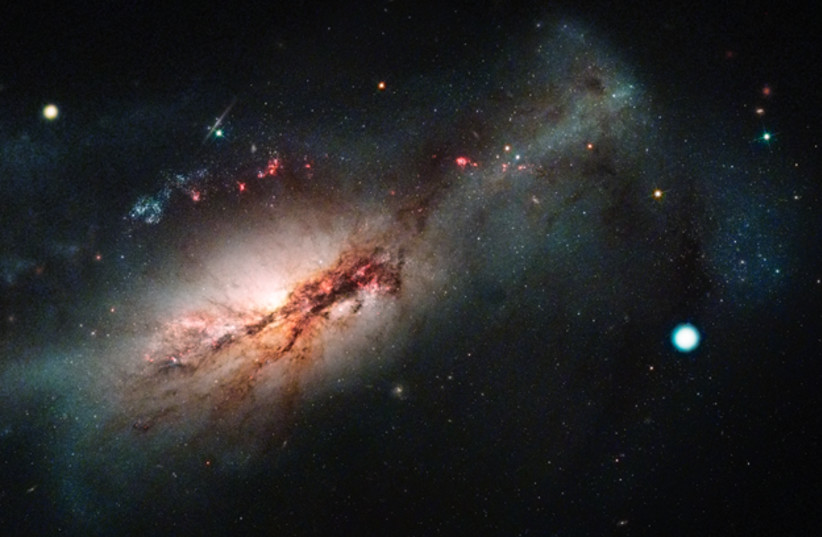NASA's James Webb Space Telescope, a revolutionary instrument built to peer the farthest yet into the cosmos, was launched by rocket early Saturday from South America's northeastern coast, opening a much anticipated new era of astronomical exploration.
The powerful $9 billion infrared telescope, hailed by NASA as the premiere space-science observatory of the next decade, was carried aloft inside the cargo bay of an Ariane 5 rocket that blasted off at about 7:30 a.m. EST from the European Space Agency's (ESA) launch base in French Guiana.
The launch was carried live on a joint NASA-ESA webcast.
If all goes as planned, the 14,000-pound instrument will be released from the French-built rocket after a 26-minute ride into space and gradually unfurl to nearly the size of a tennis court over the next 13 days as it sails onward.
Coasting through space for two more weeks, the Webb telescope will reach its destination in solar orbit 1 million miles from Earth - about four times farther away than the moon. And Webb's special orbital path will keep it in constant alignment with Earth as the planet and telescope circle the sun in tandem.
By comparison, Webb's 30-year-old predecessor, the Hubble Space Telescope, orbits the Earth from 340 miles away, passing in and out of the planet's shadow every 90 minutes.

Named after the man who oversaw NASA through most of its formative decade of the 1960s, Webb is about 100 times more sensitive than Hubble and is expected to transform scientists' understanding of the universe and our place in it.
Webb mainly will view the cosmos in the infrared spectrum, allowing it to peer through clouds of gas and dust where stars are being born, while Hubble has operated primarily at optical and ultraviolet wavelengths.
